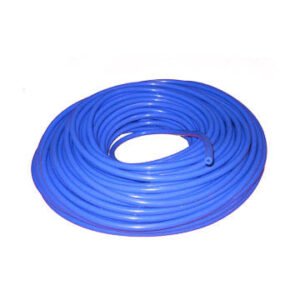This article provides a comprehensive guide on how to mold silicone heater hose. From preparing the materials to curing the silicone, we will walk you through the process step by step. Whether you need custom heater hoses for automotive, industrial, or other applications.
Preparing for Silicone Hose Molding
Before you begin molding silicone heater hoses, gather the necessary materials and tools. These may include silicone rubber, a mold, a release agent, mixing containers, a mixing stick, and a vacuum chamber. Ensure that the mold is clean and free from any contaminants that may affect the final product’s quality. Next, we discuss how to mold silicone heater hose.
Mixing and Pouring the Silicone
- Measure and mix the silicone components according to the manufacturer’s instructions. Use a mixing stick to ensure thorough blending.
- Once mixed, pour the silicone into the mold. Take care to avoid introducing air bubbles during the pouring process.
- Place the mold in a vacuum chamber to remove any trapped air and further minimize the presence of bubbles within the silicone.
Curing and Demolding the Silicone Heater Hose
- Allow the silicone to cure according to the recommended curing time provided by the manufacturer. The curing process may involve air drying or using a curing oven.
- After the silicone has cured, carefully demold the silicone heater hose from the mold. Take caution not to damage the hose during this process.
Example:
For instance, imagine you’re customizing silicone heater hoses for an automotive application. By following the steps outlined above, you can create hoses that perfectly fit the specific requirements of the vehicle, ensuring optimal performance and durability.
Conclusion:
Molding silicone heater hoses is a valuable skill that allows you to create custom hoses for various applications. By following the step-by-step guide provided, you can produce high-quality silicone heater hoses tailored to your needs. Whether for automotive, industrial, or other purposes, mastering the art of silicone hose molding enables you to achieve precise dimensions, superior functionality, and a cost-effective solution for your hose requirements.
In summary, learning how to mold silicone heater hoses empowers you to create custom hoses that meet your specific needs. By properly preparing the materials, mixing and pouring the silicone, and curing and demolding the hoses, you can produce high-quality silicone heater hoses for a wide range of applications.





